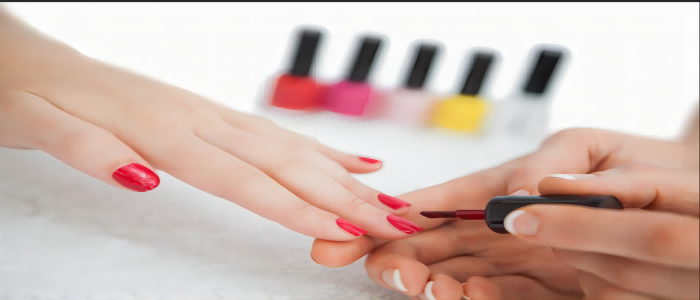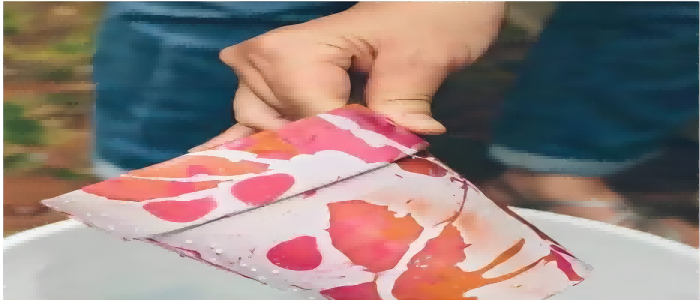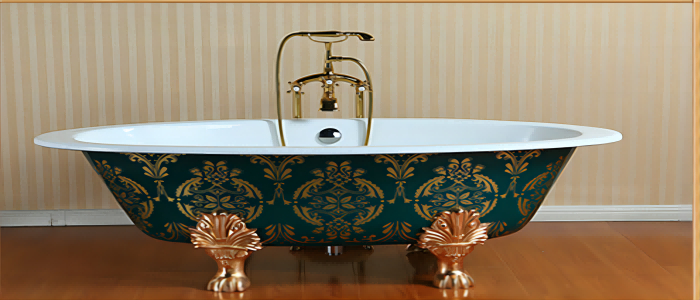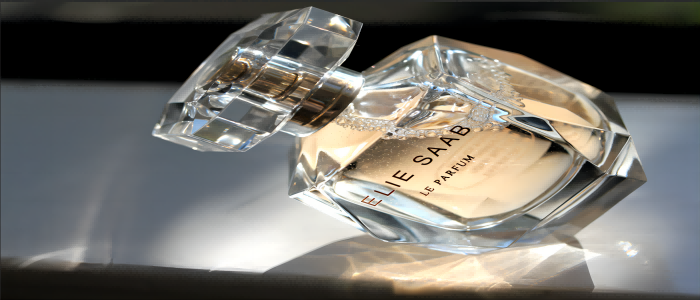When it comes to nail polish, many people wonder about the longevity of the product. How long does nail polish actually last in the bottle? This is a common question, and the answer may surprise you.
In this article, we will explore the factors that affect the lifespan of nail polish in a bottle, including the type of polish, storage conditions, and more. By the end of this article, you’ll have a better understanding of how to make your nail polish last longer and how to determine when it’s time to toss it out.

Introduction
– What is nail polish?
Nail polish is a cosmetic widely used on finger or toe nails, with a wide range of colors that serve both aesthetic and protective purposes.
The composition of regular nail polish generally consists of two types of ingredients: solid components, mainly pigments and glitter, and liquid solvent components, mainly acetone, ethyl acetate, phthalates, formaldehyde, etc.
– Types of nail polish
There are 11 types of nail polish, listed below:
- Glossy nail polish: commonly used nail polish.
- Clear nail polish: reflects shine under light and appears transparent like ice.
- Pearl nail polish: shows a delicate pearl effect under specific lighting.
- Glitter nail polish: produces different colors under different light conditions.
- Matte nail polish: has a frosted, matte finish similar to frosted glass.
- Sparkle nail polish: contains glitter or shiny powder.
- Velvet nail polish: a layer of velvet is applied to the nail polish before it dries, creating a white and soft appearance, but it tends to come off easily.
- Crackle nail polish: applied after the base coat, it will crack when it dries quickly.
- Glow-in-the-dark nail polish: glows in the dark after application.
- Caviar nail polish: like velvet nail polish, caviar beads are sprinkled on the nail when it dries quickly, creating a three-dimensional effect.
- Thermal nail polish: changes color based on changes in body temperature, usually darker at higher temperatures and lighter at lower temperatures.
Shelf Life of Nail Polish
– How long is the shelf life of nail polish?
The shelf life of nail polish is typically 12 months as indicated on the packaging. However, if unopened and stored properly, it can last at least 18 months. With appropriate storage conditions, a shelf life of 24 months is also achievable.
– Can you use nail polish after it has expired?
No, you should not use nail polish that has expired. Nail polish itself is harmful to the body, and the harmful effects increase after it has expired.
It damages nails and makes them yellow and dull.
Nail polish contains various pigments, including mineral and synthetic pigments, which give it the beautiful colors. These pigments gradually adhere to the nails, causing them to become increasingly yellow and lose their shine. The darker the color of the nail polish, the more noticeable the pigment precipitation.
It dries out the skin around the nails, causing inflammation and ingrown nails.
Incomplete disinfection of manicure tools can indirectly cause fungal infections between the nails. On the other hand, the chemical solvent components in nail polish can irritate the skin around the nails, harden the skin around the nails, and cause inflammation, dryness, or ingrown nails. In severe cases, it can even lead to paronychia.
The toxic smell of nail polish can make people dizzy.
Some nail polishes contain a large amount of acetone and ethyl acetate, both of which are volatile and produce a stimulating odor (their volume will expand 1000 times after volatilization). They have strong irritant effects on the mucous membranes and nervous system.
It makes nails brittle, layered, and slow to grow.
Continuous application of nail polish can obstruct the “normal breathing” of nails, destroy the keratinocytes of nails, and cause the lack of oxygen and the chronic corrosion of nail polish. The nails naturally become thinner, prone to breakage, and grow slowly.
UV-cured nails are stronger but more harmful.
UV-cured nails, also known as gel nails, mix a certain proportion of photosensitizer nail liquid in the resin nail powder. Under the irradiation of ultraviolet light, the gel reacts to solidify on the nails. Therefore, UV-cured nails have a greater adhesion strength to the nails than ordinary nail polish, and require professional nail polish remover to remove them. After removal, they still need to be polished, which is more damaging to the nails and the skin around the nails than ordinary nail polish.
It corrodes the nail matrix, causing separation between the nail and the nail bed.
– How to tell if nail polish has expired?
The texture of the nail polish is the most direct way to determine whether it has expired. Compared with newly produced nail polish, nail polish with an earlier production date will have a thicker, more clumpy texture that is harder to apply evenly. This is because over time, the various ingredients in the nail polish start to clump together and become more difficult to mix.
– How to store nail polish
Like all other cosmetics, if stored properly, the shelf life and period of use of nail polish can be extended. First, nail polish should be stored away from light and in a cool place, as light and heat can cause nail polish to dry out. Do not leave the bottle cap open for a long time each time you use it, and tighten the cap after use, as air entering the bottle can significantly shorten the life of the nail polish. You can use acetone to clean the mouth of the bottle to keep it clean. Before each use, roll the bottle (do not shake it up and down) to mix the nail polish thoroughly before use.
– Best way to store nail polish
Traditional nail polish and UV gel polish are both oxygen-free and water-free liquids, and microorganisms cannot grow inside, so there is no need to refrigerate them. Nail polish hardens by solvent evaporation, so it is important to tighten the bottle cap, otherwise it will slowly thicken and dry out. Periodically, use nail polish remover to clean the mouth of the bottle, otherwise the nail polish around the bottle mouth will dry out and be difficult to open. Be careful not to get cotton fiber debris and nail polish remover into the bottle when cleaning the bottle mouth.
Water-based and peel-off nail polish contain water, so in addition to tightening the bottle cap, do not contaminate the brush when using it, and do not add tap water to dilute the nail polish, as it can cause it to spoil. Do not refrigerate, as temperatures below zero can cause it to freeze and become unusable.
Gel and UV gel nail polish should also be stored away from light, and the bottle cap should be tightened. When using it, do not hold the open bottle or can under the UV light. It is also important to regularly clean the bottle mouth, and using kitchen paper towels can help prevent fibers from sticking to the bottle mouth.
Color gels are more stable, but functional gels may sometimes spoil and turn yellow, so hobbyists who consume nail polish slowly should not hoard too many functional gels. Gel that is not used for a long time can be stored in the refrigerator’s cold storage room.
Tips for protecting nail polish
– How to prevent nail polish from drying out?
What to do if nail polish dries out?
If you don’t want to throw away your favorite nail polish, you can buy a bottle of clear nail polish and add some into it. Shake well and it will be as good as before.
For natural water-based nail polish, such as Cosmay Natural Nail Polish, the problem is much easier to solve. When you apply nail polish, the bottle is not sealed, and water will evaporate into the air, especially in summer. So, after using Cosmay Natural Nail Polish two or three times, if you find it has thickened, you can add a drop of water, shake well, and repeat until it’s all used up. Your nail polish will not dry out! This is the simplest way to deal with dried nail polish.
If your nail polish has already dried out, you can add a few drops of perfume to it. Be careful not to add too much, and avoid using it for metallic finishes as it may lose its original shine. Any kind of perfume will do, just not too cheap.
By adding these organic solvents, you can make the nail polish thinner. But be aware that acetone and ethyl acetate are flammable hazardous chemicals, and are generally only available at chemical reagent stores, and there are no small packages available. You can use ordinary nail polish remover and put it in the bottle, tighten the lid, and put it in hot water.
Pro tip: when not using nail polish, store it in a light-shielded place, twist the cap tightly, and storing it in the refrigerator is also a good way. Before use, shake it in a light-shielded place, and the lifespan of the nail polish will be longer.
– How to clean the nail polish bottle and brush?
- Dissolve with organic solvents. Nail polish remover can be used, but the effect may not be very good.
- It is recommended to use alcohol, which dissolves quickly. There is also a small amount of alcohol in nail polish remover.
- It is recommended to use a paper towel to wipe as much as possible first, and then use another nail polish or paper towel to remove the remaining parts. Use the principle of oil and oil solubility to remove the residual nail polish.
-
We have an article on how to clean it,click to view
-
If you want to replace a brush that does not operate you can check out our article,click to view
FAQs and Precautions
– Can you mix old nail polish with new nail polish?
It is generally not recommended to mix old nail polish with new nail polish as it can change the consistency and color of the nail polish. Over time, nail polish can dry out or thicken, making it difficult to apply smoothly. Mixing old nail polish with new nail polish may result in a streaky or lumpy finish that is difficult to remove. Moreover, if the old nail polish has separated or changed color, it may not mix well with the new nail polish and could affect the overall color and finish of the final result. It is usually best to use fresh nail polish and replace old, expired or dried-out polish to achieve the best results.
– How to deal with expired nail polish?
- Make a mini flowerpot
Every woman likes to have shiny, sparkly nails. However, expired nail polish can be harmful to the body and it can be hard to part with it. But there are other ways to use nail polish! Pour warm water into a disposable plastic container and add different colors of nail polish. Use a bamboo stick to gently stir the surface of the water and create irregular, arched patterns with the floating nail polish. Dip a flowerpot or glass into the water to transfer the holographic nail polish onto the surface. Let it dry naturally.

- Prevent rust
Some metal containers are commonly used in the bathroom and can easily rust. Rust stains can be difficult to remove from tiles or other materials. Brush a layer of nail polish on the rusted area and it will no longer rust.

3. Prevent perfume evaporation
Sometimes perfume bottles are not tightly sealed, causing the expensive perfume to evaporate into the air. To prevent this, simply apply a small amount of transparent nail polish to the bottle opening.
- Use as paint
You can use nail polish as paint for art projects or as decoration.

Conclusion
The typical shelf life of nail polish is 18 months. It’s important to note that determining whether nail polish has expired isn’t solely based on its color, but also on its consistency and composition. If the sediment at the bottom of the bottle doesn’t blend with the polish after shaking it, then it’s expired. Using expired nail polish can cause your nails to become dry and yellow, so it should be avoided at all costs.




